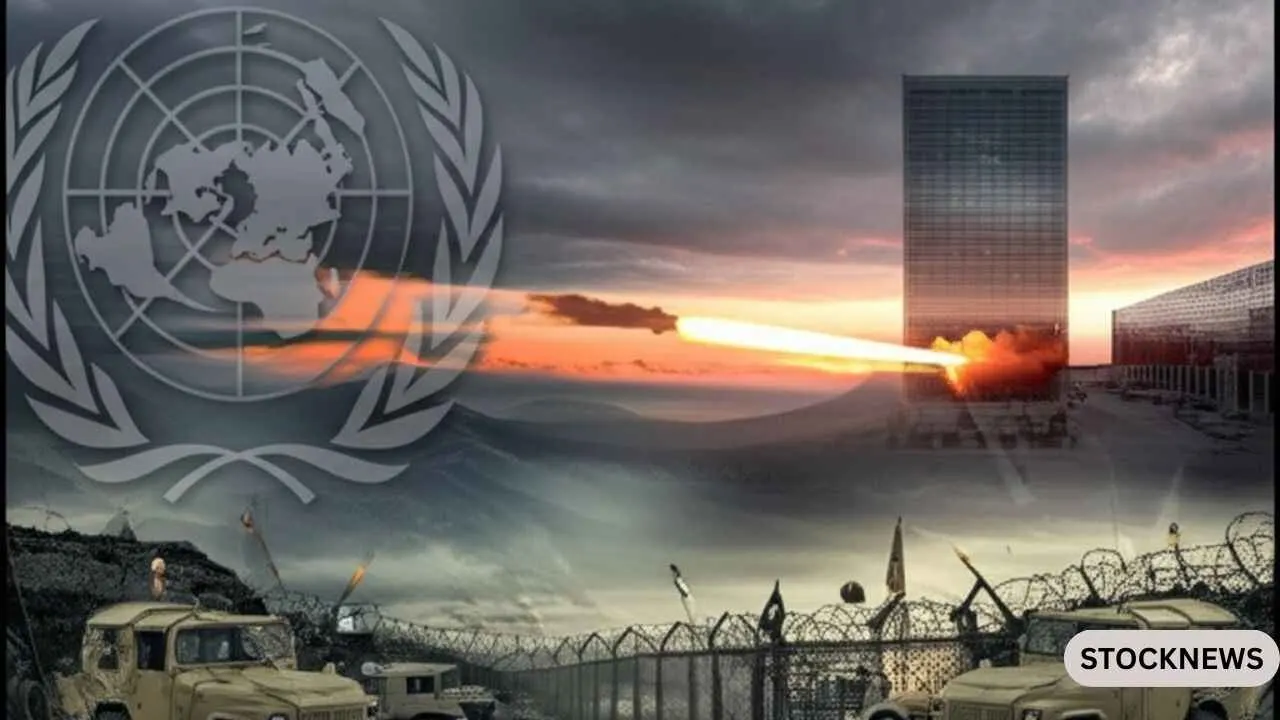As India braces for potential escalation in the ongoing tensions along the Line of Control (LOC), new reports from Jammu and Kashmir’s Poonch district reveal troubling developments following Pakistan’s retaliatory actions. The incident, which has already ignited widespread outrage across both nations, highlights the vulnerability of civilians caught in the crossfire of a seemingly endless cycle of violence.
Attack on Poonch: Civilians Caught in the Crossfire
The situation in Poonch, located just 46 kilometers from the LOC, remains fluid, with reports emerging of a deadly attack on a Sikh Gurudwara. Local media outlets are confirming the deaths of at least five Sikhs, while larger news organizations, including The Hindu, have reported the loss of up to 10 lives. The casualty toll is still unclear, with the exact number fluctuating across different sources, but the tragic consequences of this bombing are undeniable.
This attack, reportedly carried out by Pakistan, is the latest in a series of retaliatory strikes following India’s successful Operation Sindoor earlier this week. On Wednesday morning, India executed a targeted operation against terrorist hideouts in Pakistan, an action that resulted in the deaths of nine militants. The operation was precise, with no reports of civilian casualties, raising questions about Pakistan’s own military tactics in the aftermath.
Pakistan’s Narrative and the Cycle of Retaliation
The Pakistani government, in response to India’s strikes, has framed its counterattacks as an inevitable retaliation. Prime Minister Shehbaz Sharif addressed the nation just hours before the Poonch incident, warning that Pakistan’s military would take decisive action. In a speech eerily similar to India’s earlier rhetoric, Sharif emphasized that the Pakistan Army would determine the nature and scope of its retaliation.
However, the bombing in Poonch, which reportedly targeted a place of worship and civilian areas, raises troubling questions about Pakistan’s military priorities. Unlike India’s targeted assault on known terrorist sites, which avoided civilian targets, Pakistan’s response appears indiscriminate, as photos from the scene show destroyed buildings, including a Gurudwara, and reports indicate that children and women have been caught in the shelling. Local hospitals in Poonch have been flooded with the injured, and the damage to civilian infrastructure is clear.
The Growing Call for Stronger Action
In India, the political and public response to Pakistan’s latest actions is one of unity and resolve. The attack on Poonch has only intensified calls for a stronger military response to Pakistan’s provocations. While Operation Sindoor, which targeted terrorist positions in Pakistan’s POK (Pakistan-occupied Kashmir), was widely hailed as a success, many in India are demanding that the government go further in responding to these cross-border attacks.
Calls are growing for India to take a tougher stance on POK, with some suggesting that the Indian Army should be given a free hand to target terrorist infrastructure across the border, including within areas of Pakistan-occupied Kashmir. This rhetoric is gaining traction as frustration mounts over Pakistan’s failure to curtail its support for militant groups operating on Indian soil.
A Tense Night Ahead
As the situation on the ground continues to unfold, tensions remain high. India’s leadership has been briefed on the current situation and has been urged to prepare for any potential escalation. Home Minister Amit Shah has convened meetings with top security officials, and instructions have been issued to alert various defense and civilian organizations in case of further provocations.
Meanwhile, Pakistan’s defense minister, in a recent statement, indicated that the country is ready for a “full-scale war” with India. This belligerent rhetoric underscores the growing fear that both countries may soon be caught in a dangerous spiral of military escalation. Despite India’s measured approach to addressing terrorism, the latest attack in Poonch could be a turning point in the ongoing standoff between the two nuclear-armed neighbors.
International Implications and the Road Ahead
The international community is watching closely as these events unfold. With both countries on high alert and reports of increased military mobilization along the border, the potential for a larger conflict looms. Additionally, airlines have been warned of potential disruptions in the region, with the Indian government issuing a new airspace advisory for May 7-9, signaling the heightened risks in the area.
The most pressing question now is whether the cycle of violence will continue to escalate or whether cooler heads will prevail. For India, the stakes could not be higher, as the nation seeks to balance its response to Pakistan’s provocations with the need to protect its sovereignty and ensure the safety of its citizens.

A Call for Caution Amid Rising Tensions
In the midst of these developments, the importance of responsible reporting and public discourse cannot be overstated. As rumors and misinformation continue to spread, especially on social media, it is crucial that both governments and citizens remain vigilant and prioritize national security over sensationalism.
The coming days will be critical in shaping the future of relations between India and Pakistan. As both countries prepare for the next move, the world watches anxiously, hoping for a resolution to the ongoing crisis—one that averts further loss of life and preserves regional stability.
